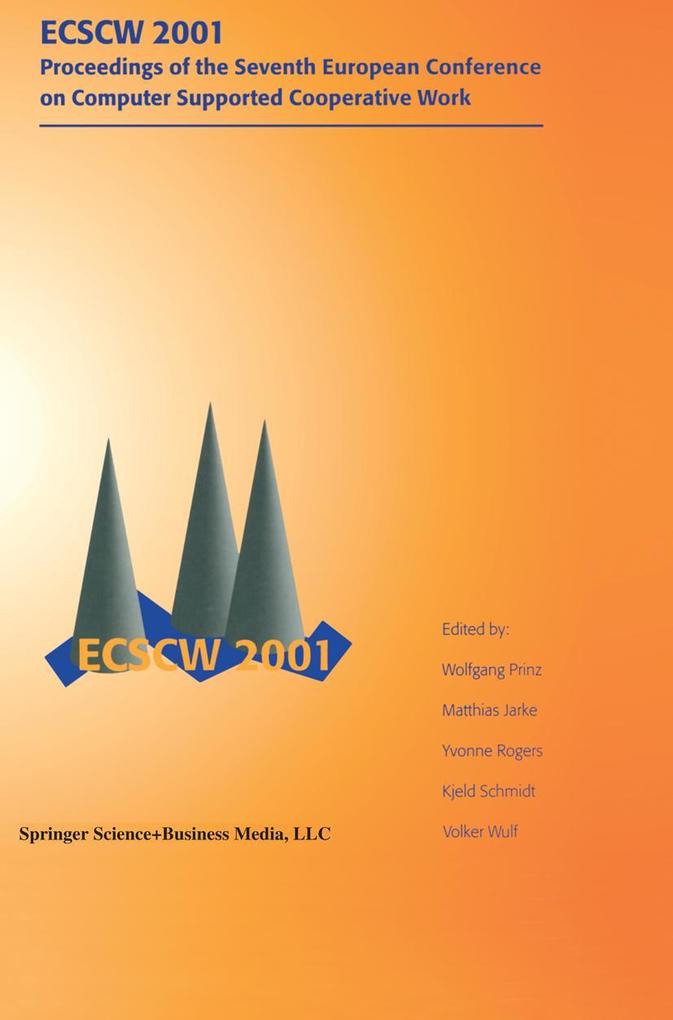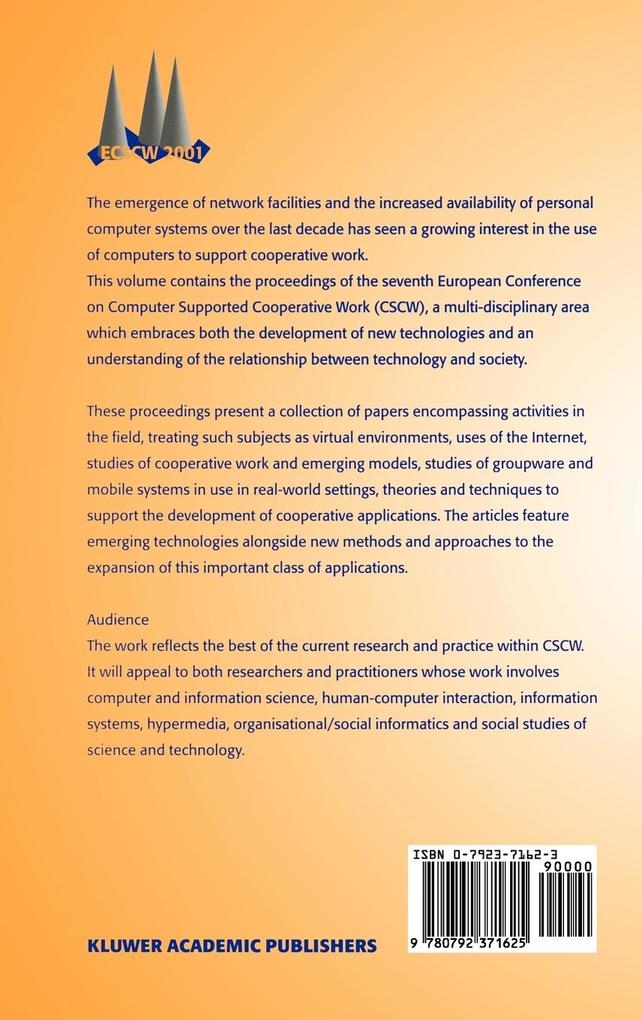Bücher versandkostenfrei*100 Tage RückgaberechtAbholung in der Wunschfiliale
Unser Geschenk zum Sommeranfang: 15% Rabatt11 auf Spielwaren mit dem Code SONNE15
Jetzt einlösen
mehr erfahren
Zustellung: Sa, 05.07. - Mi, 09.07.
Versand in 7 Tagen
VersandkostenfreiBestellen & in Filiale abholen:
Schmidt and Bannon (1992) introduced the concept of common information space by contrasting it with technical conceptions of shared information: Cooperative work is not facilitated simply by the provisioning of a shared database, but rather requires the active construction by the participants of a common information space where the meanings of the shared objects are debated and resolved, at least locally and temporarily. (Schmidt and Bannon, p. 22) A CIS, then, encompasses not only the information but also the practices by which actors establish its meaning for their collective work. These negotiated understandings of the information are as important as the availability of the information itself: The actors must attempt to jointly construct a common information space which goes beyond their individual personal information spaces. . . . The common information space is negotiated and established by the actors involved. (Schmidt and Bannon, p. 28) This is not to suggest that actors' understandings of the information are identical; they are simply "common" enough to coordinate the work. People understand how the information is relevant for their own work. Therefore, individuals engaged in different activities will have different perspectives on the same information. The work of maintaining the common information space is the work that it takes to balance and accommodate these different perspectives. A "bug" report in software development is a simple example. Software developers and quality assurance personnel have access to the same bug report information. However, access to information is not sufficient to coordinate their work.
Inhaltsverzeichnis
Cooperation in massively distributed information spaces. - Adaptability of Classification Schemes in Cooperation: what does it mean? . - Finding Patterns in the Fieldwork. - Team Automata for Spatial Access Control. - Supporting distributed software development by modes of collaboration. - Flexible Support for Application-Sharing Architecture. - Creating Coherent Environments for Collaboration. - Spaces of Practice. - Collaboratively Improvising Magic. - Music Sharing as a Computer Supported Collaborative Application. - PolyLens: A Recommender System for Groups of Users. - y do tngrs luv 2 txt msg? . - Coordinating Heterogeneous Work: Information and Representation in Medical Care. - Cognitive Properties of a Whiteboard: A Case Study in a Trauma Centre. - On Finding Things Out: Situating Organisational Knowledge in CSCW. - The Effects of Network Delays on Group Work in Real-Time Groupware. - Community Support and Identity Management. - Reducing Interference in Single Display Groupware through Transparency. - Harnessing Complexity in CSCW. - Decentralizing the Control Room: Mobile Work and Institutional Order. - When Worlds Collide: Molecular Biology as Interdisciplinary Collaboration.
Produktdetails
Erscheinungsdatum
31. August 2001
Sprache
englisch
Auflage
2001
Seitenanzahl
436
Herausgegeben von
Matthias Jarke, Wolfgang Prinz, Yvonne Rogers, K. Schmidt, Volker Wulf
Verlag/Hersteller
Produktart
gebunden
Abbildungen
XIV, 420 p.
Gewicht
816 g
Größe (L/B/H)
241/160/28 mm
ISBN
9780792371625
Bewertungen
0 Bewertungen
Es wurden noch keine Bewertungen abgegeben. Schreiben Sie die erste Bewertung zu "ECSCW 2001" und helfen Sie damit anderen bei der Kaufentscheidung.










